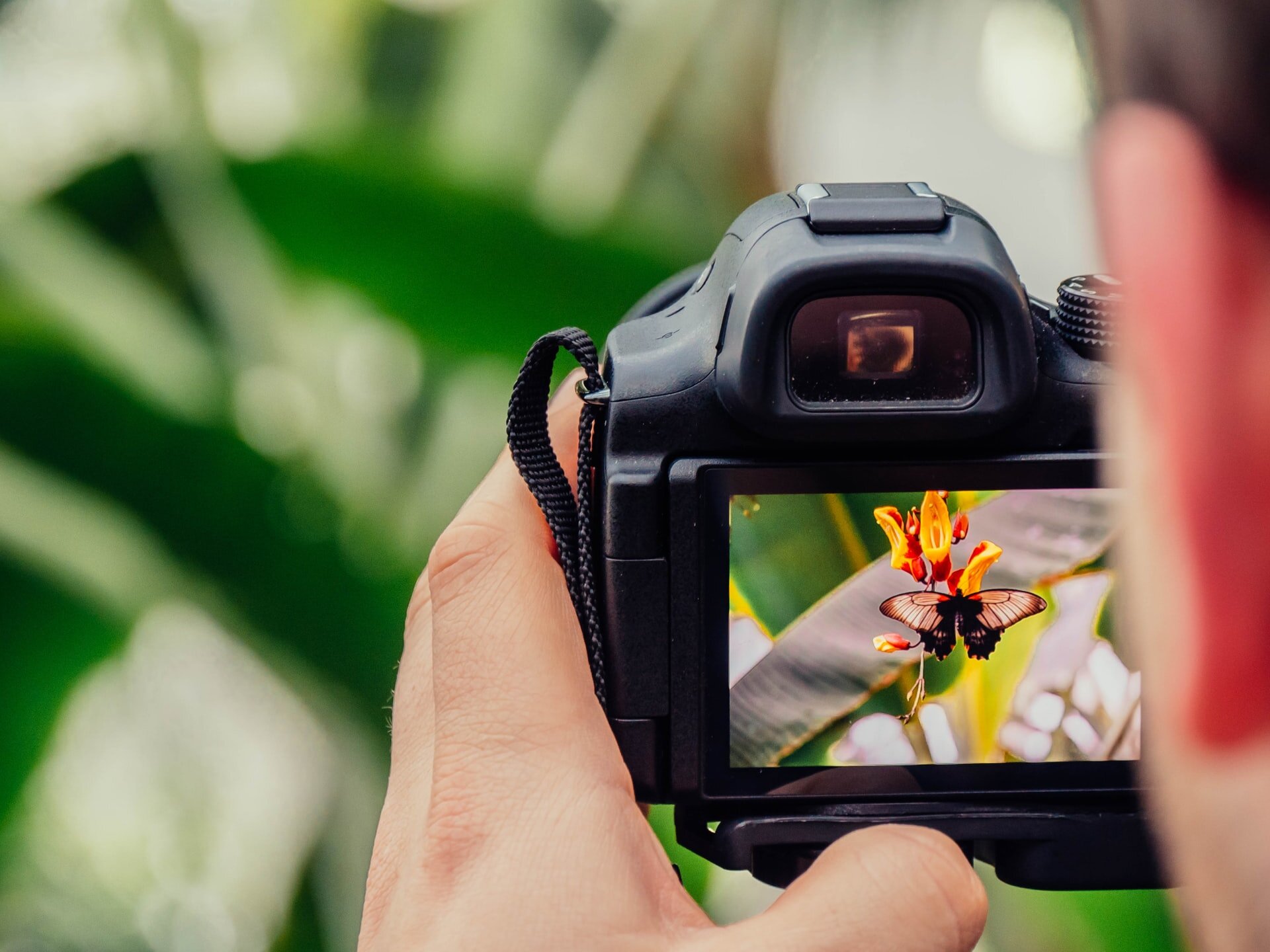What is Auto-focusing?
Auto-focusing is the process of locking focus or creating a sharp image of a subject on to the imaging sensor. This is achieved via an array of sensors and focusing motors located inside the camera and the lens working in tandem. The main architect of ensuring that a camera is auto-focusing without issues are the auto-focusing sensors. These sensors are located at the base of a DSLR camera. In modern mirrorless cameras, the main sensor performs the dual role of auto-focusing as well as recording of images.
Types of Auto-focusing
There are mainly two types of auto-focusing technologies in vogue. One is Active auto-focusing and the other is the Passive auto-focusing.
Passive Auto-focusing
Passive auto-focusing is the most widely used auto-focusing mechanism on DSLRs as well as other types of cameras. Passive auto-focusing uses two different technologies for calculating the distance between sensor and subject and then accurately locking focus. These are –
Phase Detection Auto-focusing
Phase detection auto-focusing works by employing a secondary phase-detection mirror behind the main reflex mirror. This mirror splits the light beam into two distinct beams. The two light beams create two pictures which are then analyzed to check for distance and other parameters. A motor then drives the focusing elements on the lens and attempts to bring the two images together. That in the process creates a sharp image on to the main sensor.
There are many different types of phase-detection auto-focusing mechanisms available in the market. But the two main types are – one where an array of sensors is located at the bottom of the main mirror and the second where the actual pixels on the main sensor doubles up as phase detection sensors.
Contrast Detection Auto-focusing
The second type is Contrast Detection Auto Focusing. Contrast detection auto-focusing is a slightly different technology. It still works on the fundamentals of auto-focusing, but here instead of splitting the light beam into two and then analyzing those two images, the sensor inside the camera analyses contrast. It does so by pushing the focusing mechanism back and forth. Ever so slightly. Then analyzing the improvement or detriment achieved in contrast. You would find your camera ‘hunting’ for focus as the point of sharpest focus is achieved and then the image getting blurred to back again achieving sharpest focus. The fundamental thinking behind this technique is that focus is sharpest where contrast is the highest.
Auto-focus Modes
Purchasing this digital gift voucher creates a unique code. The recipient can enter this code at checkout to subtract the gift voucher value from their order total.
Choose from a one on one sessions for;
1.5 hours @ $180.00 or
3.5 hours @ $450
Check out our one on one lessons page for more info.
This voucher never expires.
There are three Auto-focus modes that are readily available on most cameras. These are Single-shot Auto-focus, Continuous Auto-focus, and Hybrid Auto-focus. Single-shot Auto-focus denotes that the camera locks focus just once. This is useful for portraits, landscapes, architecture and those sorts of subjects which are not moving about. Continuous Auto-focusing is used for subjects that are moving about. These would be kids playing in the park, wild animals, birds, fast action, etc. The final mode is the Hybrid mode. In this mode, the camera starts off in single-shot auto-focus mode. Now, if the subject moves the camera automatically switches to Continuous auto-focusing. The advantage of this mode is that the camera automatically makes the decision based on the data already inside it. This eliminates any human errors like not switching to the right mode when it is necessitated.
Active Auto-focusing
Examples of Active auto-focusing are very few as they employ actively measuring the distance between the sensor and the subject being photographed. They are very difficult to be implemented in a cost-effective manner in modern digital cameras. But some cameras do have them such as the ones which have an active IR light emitting from the camera to determine the distance between the subject and the sensor.
Manual Focusing Override
Manual focusing override is an important part of the auto-focusing mechanism. It allows the photographer to manually adjust the focus by turning the manual focus ring even though auto-focus is engaged. You will find some manufacturers labeling this technology as FTM or full-time manual focusing override. Of course, this depends from manufacturer to manufacturer.
Focusing Delimiter
The Focus Delimiter button is very helpful in tele-lenses. Tele-lenses because of the nature of these lenses have a long focusing range. A subject at infinity such as a wild elephant standing at 100 feet would always have to be focused at infinity. A standard telephoto lens like would come with three focusing ranges. One that would allow the lens to look for focus across the focusing range, and two others that would split the focusing range into two. if you know at what distance your subject would be it is better to choose a limited focusing range because it helps in speeding the whole process of focusing.
Focus Lock
The focus lock button is denoted by the alphabets AF-L. Or something in that line depending on the manufacture. The Focus Lock button has one main purpose. That is to lock focus after you have manually or by half-pressing, the shutter release achieved focus where you want to. This is useful for product photography as well as for macro photography and for landscape. There is usually a lever at the back of the camera with the letters AF-L or equivalent that allows you to do that. An alternate option would be to switch to manual focusing after you have achieved focus.











